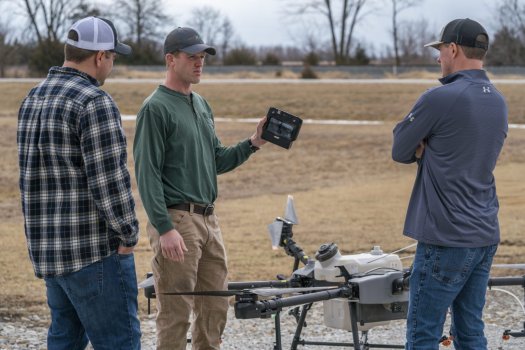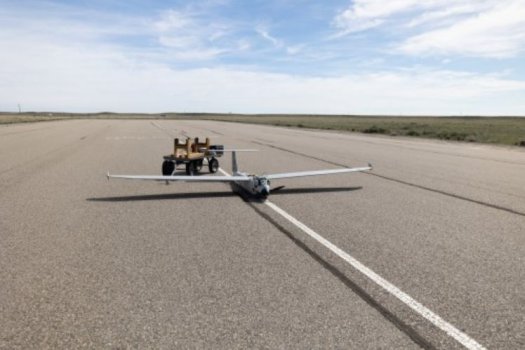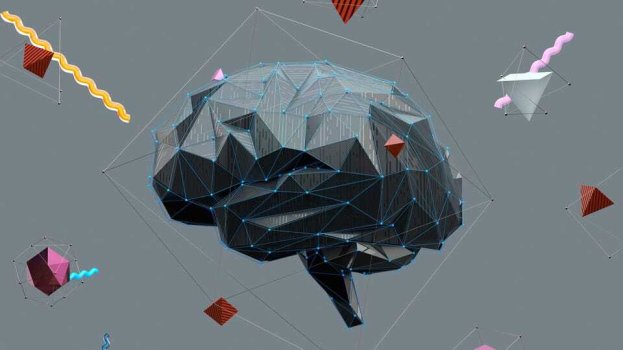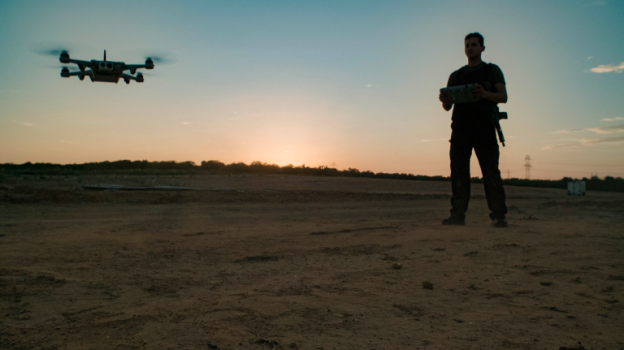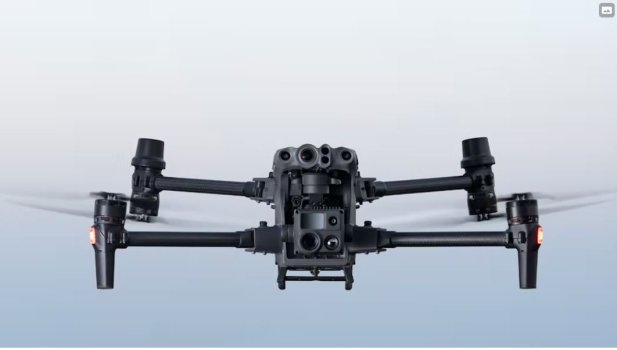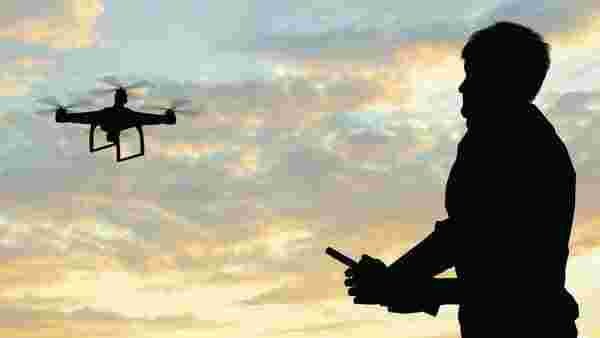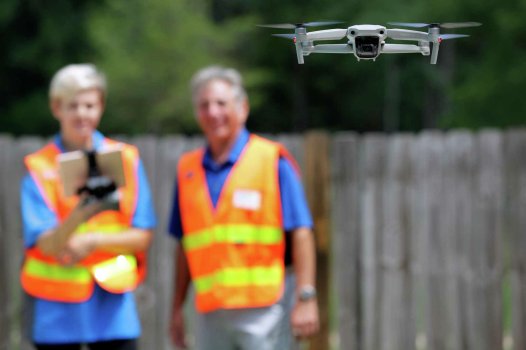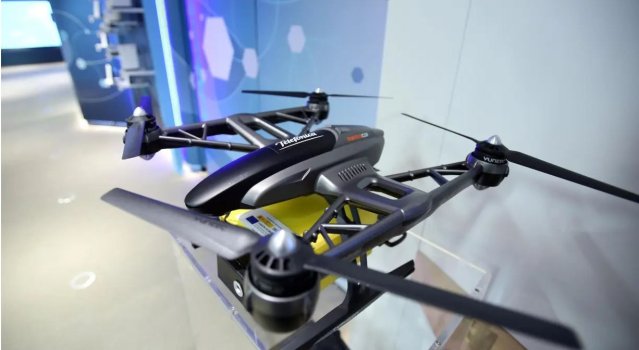Why Smart Cities Need Blockchain Technologies
- Technology Solutions
- 0 Replies
Smart cities continue to grow across the globe as more governments embrace digitalization. The term smart cities refer to a utopia urban development that uses emerging technologies to run day-to-day activities. All this is being done through Blockchain4Cities, an initiative to coordinate control and integrate different services with transparency, privacy, and efficiency features through blockchain technology.
Smart cities like Wyoming have gone so far as to great regulatory frameworks that help integrate blockchain into the city's systems. On the other hand, Dubai has created over 20 blockchain use cases across eight industry sectors in addition to blockchain policies for its industry.
How blockchain will work in smart cities
Smart Health
The healthcare industry has seen increased patient data transmitted between healthcare providers and insurance companies. This information is private and requires a high level of security. Blockchain technology ensures data protection, integrity, shared access, and transparency. In addition, blockchain provides decentralization of data, which helps doctors and other health givers get patient information faster in emergencies.
Continue reading: https://www.benzinga.com/22/09/28934524/why-smart-cities-need-blockchain-technologies
Smart cities like Wyoming have gone so far as to great regulatory frameworks that help integrate blockchain into the city's systems. On the other hand, Dubai has created over 20 blockchain use cases across eight industry sectors in addition to blockchain policies for its industry.
How blockchain will work in smart cities
Smart Health
The healthcare industry has seen increased patient data transmitted between healthcare providers and insurance companies. This information is private and requires a high level of security. Blockchain technology ensures data protection, integrity, shared access, and transparency. In addition, blockchain provides decentralization of data, which helps doctors and other health givers get patient information faster in emergencies.
Continue reading: https://www.benzinga.com/22/09/28934524/why-smart-cities-need-blockchain-technologies







